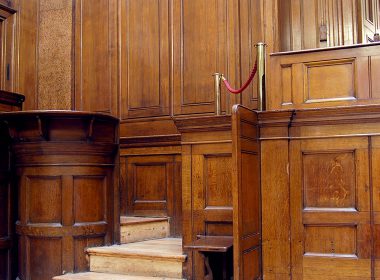Snapshot
- In the recent case of Robert William Fischer & Ors v Nemeske Pty Ltd & Ors [2016] HCA 11, the High Court of Australia dismissed an appeal from the New South Wales Court of Appeal, holding that a trustee had validly exercised its power to ‘advance’ and ‘apply’ trust capital or income by the creation of a debt equal to the value of the shares held by the trustee at the time of that exercise.
- Significantly, this case considers the extent to which a change in ownership of trust assets is necessary when exercising powers of advancement.
- The decision elucidates the importance of the process of drafting the trust deed, the wording of which can be a salient factor in considering the ambit of power conferred upon its parties.
In Robert William Fischer & Ors v Nemeske Pty Ltd & Ors [2016] HCA 11 the High Court considered the extent to which a change in ownership of trust assets is necessary when exercising powers of advancement.
Background
The first respondent, Nemeske Pty Ltd, was the trustee (‘Trustee’) of the Nemes Family Trust (‘Trust’), of which the appellants, Robert Fisher and others were beneficiaries. The principal assets of the Trust were shares in Aladdin Ltd (‘Aladdin’) whose value was recorded in an ‘asset revaluation reserve’ in July 1994 as $3,904,300.
In September 1994, the Trustee resolved to distribute the entirety of the asset valuation reserve to Mr and Mrs Nemes, both of whom were also beneficiaries of the Trust.
That resolution was made pursuant to clause 4(b) of the Deed of Trust, which provided that the Trustee may:
‘advance or raise any part or parts of the whole of the capital or income of the Trust Funds and to pay or to apply the same as the Trustee shall think fit for the maintenance, education, advancement in life or benefit of any of the Specified Beneficiaries …’.
No actual distribution of assets took place. Instead, a deed of charge was executed by the Trustee in August 1995 (‘Deed of Charge’), which recorded that the Trustee was indebted to Mr and Mrs Nemes in the sum of $3,904,300, and covenanted that this sum would be paid to them upon their demand.
No demand had been made by Mr and Mrs Nemes at the time of their death in 2011 and 2010 respectively.
In his will, Mr Nemes bequeathed both the assets and control of the Trust to the appellants, with the residuary estate to be left to other beneficiaries.
The appellants commenced proceedings in the Supreme Court of NSW against the Trustee (who was also the executor of the Nemes’ estate) (‘Executors’) as well as the other beneficiaries, seeking declarations that the Deed of Charge was void and any purported distribution ineffective. The Executors cross-claimed, seeking payment of that amount allegedly owing to the Nemes’ estate.




